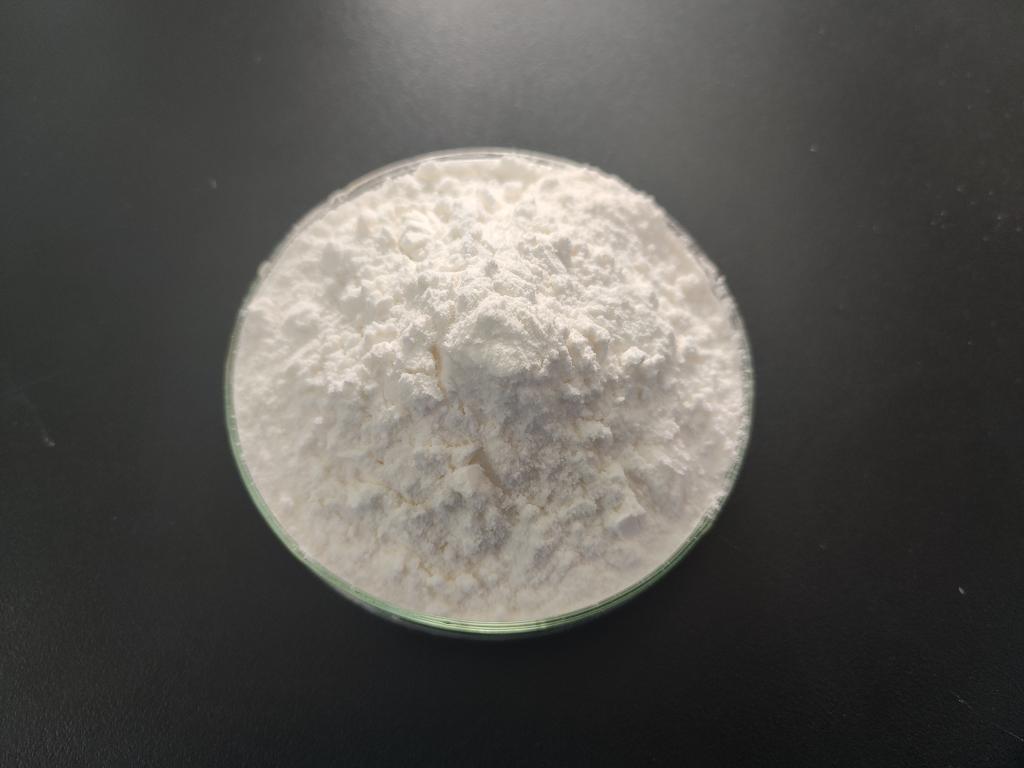Tel:+8618231198596

News
 CONTACT
CONTACT
 CONTACT
CONTACT
- Linkman:Linda Yao
- Tel: +8618231198596
- Email:linda.yao@dcpharma.cn
- Linkman:CHARLES.WANG
- Department:Overseas
- Tel: 0086 0311-85537378 0086 0311-85539701
News
ε-Polylysine Hydrochloride: Perspectives on its Role in Combating Emerging Infectious Diseases.
TIME:2024-07-17
Mechanisms of Action
Antimicrobial Activity
One of the primary mechanisms of ε-PLH is its potent antimicrobial activity against a wide range of microorganisms, including bacteria, fungi, and viruses. ε-PLH disrupts microbial cell membranes, inhibits enzymatic activity, and induces oxidative stress, leading to microbial death. This broad-spectrum activity is advantageous in combating diverse pathogens responsible for emerging infectious diseases.
Immunomodulatory Effects
ε-PLH has been shown to possess immunomodulatory effects, stimulating immune responses that may aid in combating infections. By enhancing the body's innate immune defenses, ε-PLH can potentially bolster host resistance against pathogens and contribute to more effective treatment outcomes.
Applications in Combating Emerging Infectious Diseases
Antiviral Potential
COVID-19 and Other Viral Infections
The COVID-19 pandemic has spurred interest in exploring ε-PLH as a potential antiviral agent. While research specific to COVID-19 is ongoing, ε-PLH's ability to inhibit viral replication and disrupt viral envelopes suggests it may have utility against coronaviruses and other enveloped viruses. Preclinical studies have demonstrated ε-PLH's efficacy against influenza viruses and herpesviruses, highlighting its broad antiviral potential.
Antibacterial Applications
Multi-Drug Resistant Bacteria
The rise of multi-drug resistant bacteria poses a significant threat to healthcare systems worldwide. ε-PLH's ability to combat antibiotic-resistant pathogens, such as Staphylococcus aureus and Pseudomonas aeruginosa, positions it as a promising alternative or adjunct to traditional antibiotics. Its mechanism of action, which differs from conventional antibiotics, reduces the likelihood of resistance development.
Antifungal Properties
Candida and Other Fungal Infections
Fungal infections, including those caused by Candida species, are increasingly recognized as emerging threats, particularly in immunocompromised individuals. ε-PLH has shown efficacy against various fungal pathogens, making it a potential treatment option for fungal infections that are resistant to standard antifungal therapies.
Current Research and Case Studies
Experimental Studies
In Vitro and In Vivo Models
Experimental studies have demonstrated ε-PLH's efficacy in various infection models. In vitro studies have shown its ability to inhibit the growth of pathogens and disrupt biofilms. In vivo studies in animal models have demonstrated its therapeutic potential in treating bacterial and fungal infections.
Clinical Trials and Human Studies
While much of the research on ε-PLH remains preclinical, there is growing interest in advancing it to clinical trials for infectious disease indications. Clinical studies evaluating its safety, efficacy, and optimal dosing regimens will be essential for translating laboratory findings into clinical practice.
Challenges and Considerations
Formulation Development
Optimizing ε-PLH formulations for stability, bioavailability, and efficacy is crucial for its clinical and commercial success. Formulation challenges include ensuring compatibility with other drugs, achieving sustained release profiles, and overcoming barriers to delivery at infection sites.
Regulatory Approval
Obtaining regulatory approval for ε-PLH as a therapeutic agent for infectious diseases requires rigorous preclinical and clinical evaluations. Meeting regulatory standards for safety, efficacy, and manufacturing quality will be essential steps in advancing ε-PLH from research to clinical use.
Resistance Development
Monitoring and mitigating the potential for microbial resistance to ε-PLH is essential. Strategies may include combination therapy with other antimicrobial agents, rotating treatment regimens, and prudent use to minimize selective pressure for resistance.
Cost and Accessibility
The cost-effectiveness and affordability of ε-PLH-based therapies will influence their accessibility, particularly in low-resource settings. Economic considerations, production scalability, and global distribution networks will impact the widespread adoption of ε-PLH for combating infectious diseases.
Future Perspectives
Innovative Therapeutic Approaches
Advances in nanotechnology, biomaterials, and targeted drug delivery systems offer opportunities to enhance the therapeutic efficacy of ε-PLH. These technologies can improve its bioavailability, enable targeted delivery to infection sites, and optimize its pharmacokinetic properties.
Global Collaboration and Partnerships
Collaboration between academia, industry, and public health agencies is essential for advancing ε-PLH research and development. Joint efforts can accelerate clinical translation, expand research capabilities, and facilitate global access to ε-PLH-based therapies.
Pandemic Preparedness
The lessons learned from the COVID-19 pandemic underscore the importance of preparedness for future infectious disease outbreaks. ε-PLH, with its broad-spectrum antimicrobial properties and potential for rapid deployment, can play a role in pandemic preparedness strategies, complementing vaccines and other therapeutics.
Public Health Impact
Integrating ε-PLH into infectious disease management protocols has the potential to reduce morbidity, mortality, and healthcare costs associated with emerging infectious diseases. By offering alternative treatment options, ε-PLH can enhance resilience against current and future global health threats.
Conclusion
ε-Polylysine hydrochloride represents a promising therapeutic agent in the fight against emerging infectious diseases, leveraging its potent antimicrobial properties and immunomodulatory effects. While challenges such as formulation development, regulatory approval, and resistance management must be addressed, ongoing research and technological advancements offer opportunities to overcome these obstacles. With continued innovation and collaboration across disciplines, ε-PLH holds the potential to contribute significantly to global efforts in combating infectious diseases, improving public health outcomes, and enhancing pandemic preparedness worldwide.
- Tel:+8618231198596
- Whatsapp:18231198596
- Chat With Skype







